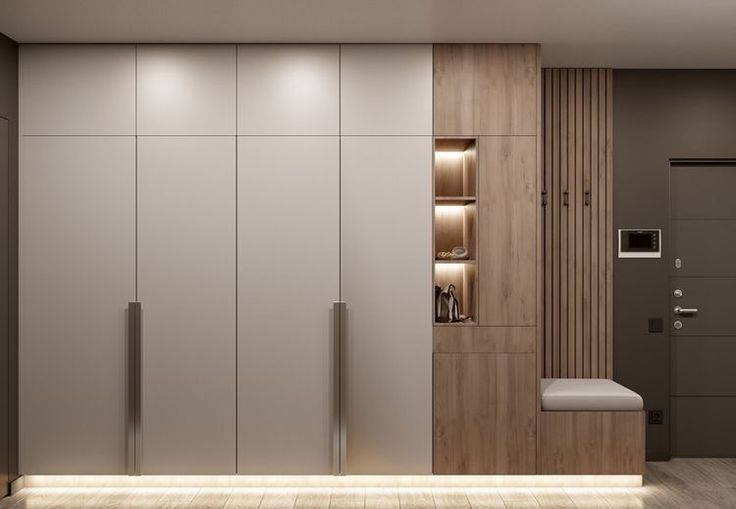If your room is small, avoid dividing it into separate sections or using multiple contrasting colors. Instead, opt for a monochromatic theme. Here’s how you can use this approach to make your space look larger and cohesive:
What is a Monochromatic Theme?
“Mono” means singular, so a monochromatic theme focuses on using one primary color tone throughout the space. This creates harmony and prevents visual clutter, which is essential for small rooms.
Choosing the Right Shades
For instance, if your room’s primary tone is beige, you can incorporate different shades of beige for walls, furniture, and decor. To make this work:
- Analyze Your Flooring
- Examine the natural patterns or tones in your flooring (like marble or tiles).
- Identify the lightest shade visible and use that as the base tone for your furniture, like wardrobes.
- Consistency in Color
- For example, the laminate on your wardrobe can match the lightest shade from the floor to maintain uniformity and avoid creating stark contrasts.
The Effect on Room Appearance
By using lighter tones and keeping the entire space in a single color family, the room appears larger and more spacious. This technique minimizes boundaries and creates a seamless flow of color.
Practical Example
In one project, the marble flooring had multiple shades. We selected the lightest shade as the base tone for the wardrobe laminate. The subtle contrast gave the room a cohesive yet expansive look, making it feel more open and inviting.
Conclusion
Using a monochromatic theme is the perfect solution for small rooms. It’s simple, elegant, and visually effective. If you want your room to look bigger, focus on single tones, analyze your flooring, and apply the lightest shade to key furniture pieces.

